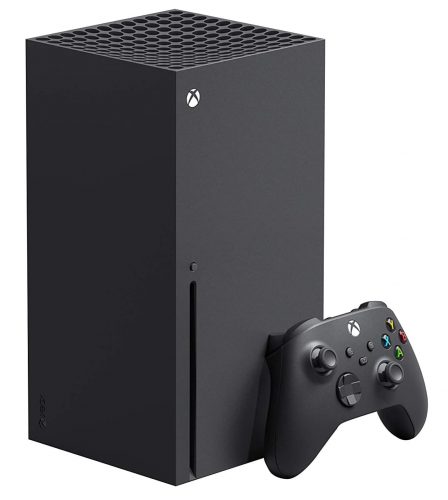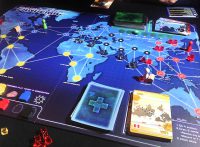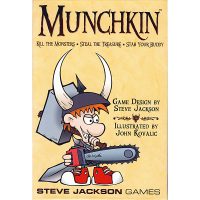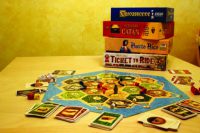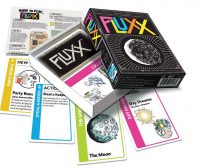Let’s start with a little journey through my console gaming history. Growing up, we didn’t have any consoles, but one of my good friends had a NES. There were many hours spent in Tecmo Super Bowl, Contra, Super Ivan’s Offroad (with the rented adapter from the video store to play four person), and lots of others. Later he also got a SNES but I mostly remember spending time with him on the NES.
Towards the end of my time at Purdue, I won a programming contest and got the original Xbox (along with an HP Jornada and compact flash WiFi card!) When I moved with it to New Jersey, we would have Halo LAN parties where we would wire up 4 Xbox consoles with four CRTs that people lugged to the house and frag the night away. Once I moved on from that console, I installed a new operating system on it and turned it into an NES emulator.
In November of 2005, the Xbox360 launched and I spent hours and hours hunting one down. They were very difficult to find due to their popularity but in January I finally got my hands on one. I ended up owning three or four of these over the years because they were how we watched TV. Cable TV came into a PC with an InfiniTV card and then was distributed out via the Media Center Extender app on the Xbox360. To this day, that remains the best DVR that I ever used.
The Xbox One launched in November 2013 and by then I was married, Elijah was here, and I was gaming a lot less, but I eventually picked one up in July 2014. My gaming was mostly relegated to whatever the latest Forza game happened to be at the time I picked up the controller.
The Xbox Series X launched in November 2020, and due to massive supply shortages from the pandemic, they are still nearly impossible to find a year later. It’s hard to tell how high the demand is given the incredibly low supply, but they disappear from the shelves nearly immediately. The same is true for the latest PlayStation console. Right before Christmas, I was able to snag a refurbished unit through work at a discounted price. So now we finally get to the topic of the post: an Xbox Series X Review.
First off, we’re back to the goofy console design. Remember how the Xbox 360 devices were always marketed in a vertical position? The same goes for the Series X but thankfully you can lay it down. The only annoying thing is that leaves the Xbox logo power light rotated 90 degrees. It doesn’t matter, but it’s a constant reminder of their bad design choice. Who has room for a device that big standing vertically?
Secondly, it’s very weird to boot up a brand new console and get exactly the same user interface as the Xbox One. I didn’t even buy any new games with this console. I just downloaded the same ones I had been playing on the Xbox One. Microsoft has moved more to a common OS across their devices and most games work on both the Xbox One and the Series X (and the Series S which sits somewhere in the middle.) The Series X is capable for 4k resolution at 120fps so it has a lot more horsepower than the other models. This results in better visuals for all the games.
Getting the new console has always been the way that you played the latest games. But if that’s not true anymore, then why upgrade? Well, honestly, it’s not necessary and it was still a splurge for me. But the biggest reason that I look forward to using it is how incredibly fast it is. For example, booting my Xbox One and getting to a playable point in Forza Horizon 5 takes about 4-5 minutes on my Xbox One. On the Series X it happens in seconds. Not only are the graphics better in the game, but the menus and challenges all load nearly instantaneously compared to 30-60 second waits on the Xbox One. (Note that I have the original version of the Xbox One so your mileage may vary if you bought later hardware revision.)
The end goal that I’m really shooting for is 4k gaming. I bought an AV receiver that is 4k capable last year and now I have a device that can spit out 4k video both for gaming and streaming video from the Internet. The last piece of the puzzle is a 4k projector. I bought the Epson 8350 in 2011, had it repaired in 2015, and I replaced the lamp in 2018. Over that time, 4k projectors have come down dramatically in price and there are lots of good options, but I’m going to try to hold out for a while longer and get more use out of this current projector. We’ll see how long I can hold out though…










